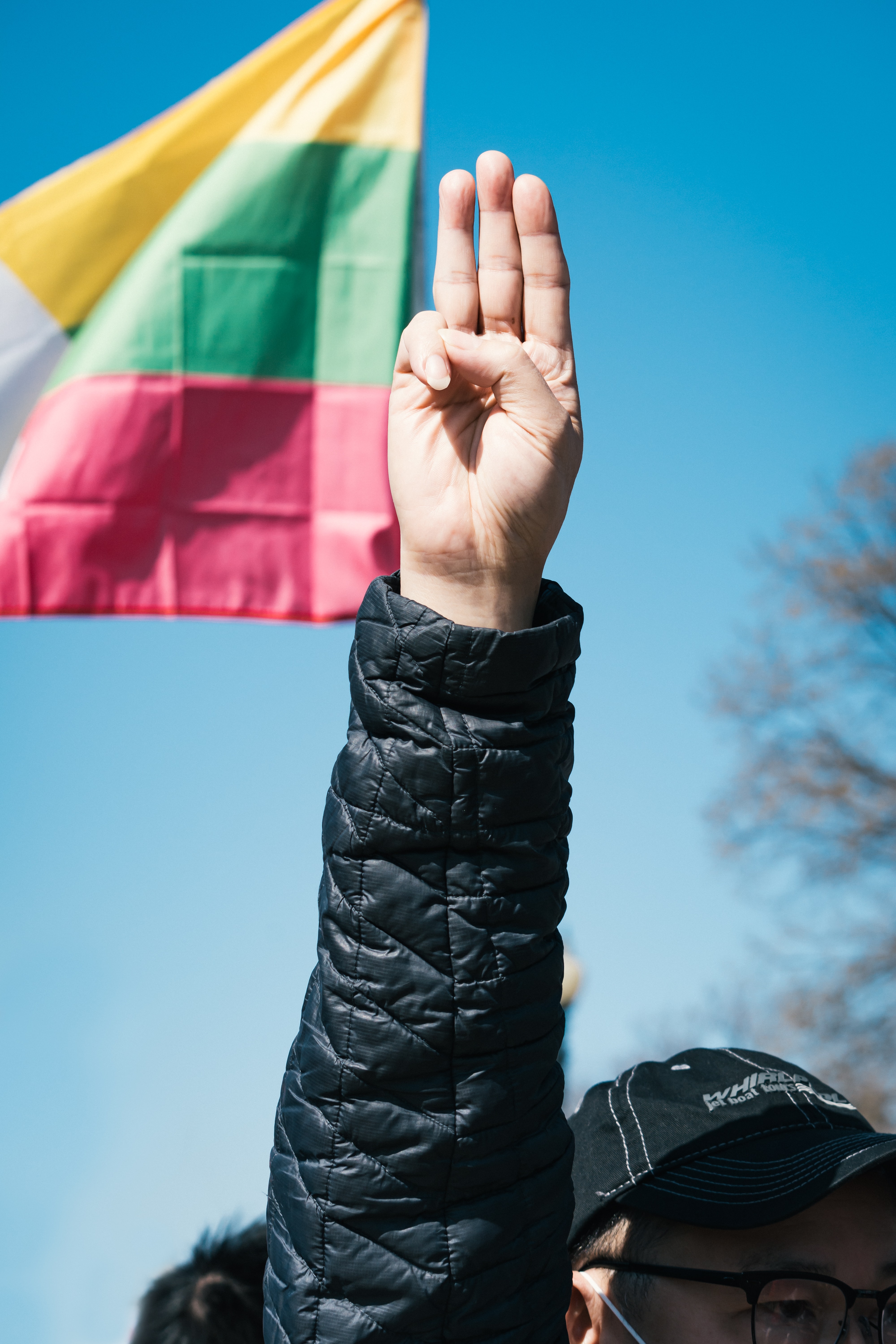
Image: Unsplash
Patrick Sproull gives a guide for journalists on how to cover trans issues.
As our newsrooms continue to broaden and diversify, it’s important to ensure journalists stay as informed as they can be. Over the past few years, trans people have experienced a historic groundswell in media visibility: From celebrities like Caitlyn Jenner, Laverne Cox, and Elliot Page on glossy magazine covers, to TV shows like Transparent and Pose.
With the increased recognition of trans people as a minority comes increased transphobia, XCityPlus has prepared a basic toolkit for journalists with pointers on how to appropriately cover trans people and trans issues.
Pronouns: Ensuring you’re respectful of trans people’s pronouns is a fundamental way to show respect and understanding. Pronouns, of course, also apply to cisgender people and so, much like any journalistic fact-checking, it’s important to either ask or research an individual’s pronouns – especially if you’re unsure.
Language and terminology: Using correct language regarding trans people is a surefire way to avoid insensitivity. When relevant, avoid using language that alienates trans people. For example, saying ‘man’ and ‘trans man’ in the same context suggests that a trans man is not a man. Therefore, when a journalist is differentiating a man who is trans and a man who isn’t, it’s important to state that the man who isn’t trans is cisgender. Likewise, refer to a trans person by their gender and not as someone who ‘identifies as…’. Trans people’s relationship to their gender is undoubtedly different to that of a cis person but, regardless, their gender deserves to be treated as an invariable part of them.
Questioning: When interviewing members of a minority background, the best journalists do their research and ensure they’re prepared with thoughtful, sensitive questions. In this case, with trans people, the most effective way of approaching an interview is by sensitively discussing the topic with your interviewee beforehand. If an interviewee is speaking on trans issues explicitly then double-check what aspects of their experience they are comfortable discussing – topics like surgery and individual people’s bodies are typically invasive and off-limits, so it’s important to clarify what’s acceptable with an interviewee.
‘Gotcha’ questions about trans issues are also inconsiderate, as they betray your interviewee’s trust. Trans people’s civil rights are protected under the Equality Act 2010 and these are not issues that individuals should be forced to represent or debate on behalf of trans people more generally. Unless the interviewee is an elected individual or holds a position of power, there is no need to hold them accountable for their personal experience. For example, questioning trans people’s existence is insensitive and can cause significant undue harm.
Empathy: With the pushback against the growing profile of trans people defined as a ‘culture war’, it’s important to view trans people from a place of empathy and not as one side of a ‘war’. The potential threat against trans people’s everyday lives is evidenced around the world and it’s vital to remember the real threat posed to them.
Journalists need to approach trans rights with compassion much like any minority community. Listening to trans people and understanding – instead of assuming – their priorities ensures inclusivity.
















